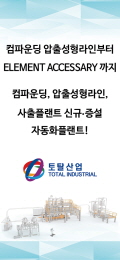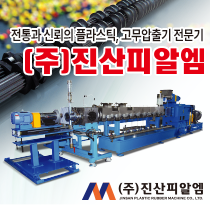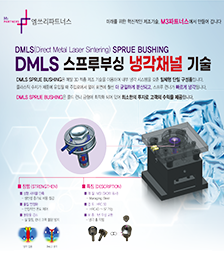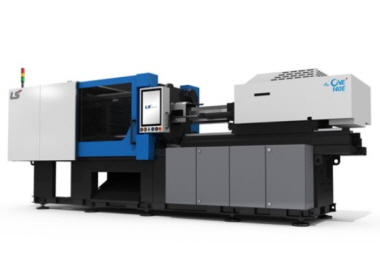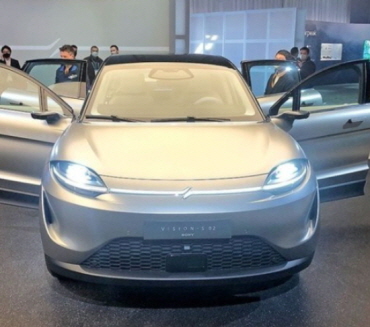Technology & solutions
An air-free concept for bicycle tires
Bridgestone Corporation announces that, together with Bridgestone Cycle Co., the company has developed a next-generation bicycle tire as an effort to realize practical application of the “Air Free Concept,” a technology for creating tires that do not need to be inflated with air.
![]()
The companies will advance feasibility studies seeking to make this new tire available in market by 2019.
The “Air Free Concept” is a technology that eliminates the need for tires to be inflated with air to support the weight, using a unique structure of spokes stretching along the inner sides of tires. In addition, the resins that are used in the spokes and rubbers help realize more efficient use of resources.
Bridgestone Corporation and Bridgestone Cycle adapted the “Air Free Concept” to develop bicycle tires without punctures. The high flexibility for design granted by resin has also enabled proposals of next-generation bicycles which have never been seen before.
The Bridgestone Group aims to propose new ways of cycling utilizing the “Air Free Concept” while also adapting this technology to be used in various other types of tires. The Bridgestone Group is committed to continuously working toward a sustainable with the universal and eco-friendly mobility for supporting people’s lives.
![]()
The next-generation wheel is a practical application of the company’s ‘air-free concept,’ which eliminates the need for tires to be inflated with air. instead, the tires support the rider’s weight by using a unique structure of spokes made from thermoplastic resin, which stretch along the inner sides of the wheel. the futuristic looking tires are made from entirely recyclable materials, and bridgewater are working to maximize the cyclical use of warn tires right back into new ones.
Bridgestone first disrupted the (air) flow back in 2011, when an idea for an airless car tire was patented. the ‘air-free’ concept was designed not only to prevent riders and drivers alike pulling up on the hard shoulder to change their tires, but also in a bid to reduce c02 emissions and make transport more sustainable. come 2017, the company have finally adapted their technology for bikes. By simplifying the structure of the classic tire, bridgestone has reduced the resistance caused by wheels continuously changing shape as they roll. This in turn maximizes efficiency and reduces wasted energy—whether that comes from gas or man-power.
![]()
By using thermoplastic resin—a synthetic resin that becomes flexible when heated and hardens when cooled, allowing it to be processed into a variety of shapes —bridgestone has unveiled design possibilites for next-generation bicycles that have never been seen before. The company set out to make the bicycle tire available in 2019, just in time for the Tokyo Olympics in 2020. In the future, the japanese tire-makers aim to continue working on their mantra to fuse convenience with sustainability, proposing even more ways of cycling using the ‘air-free concept,’ while adapting the technology to be used in various other types of tires.

